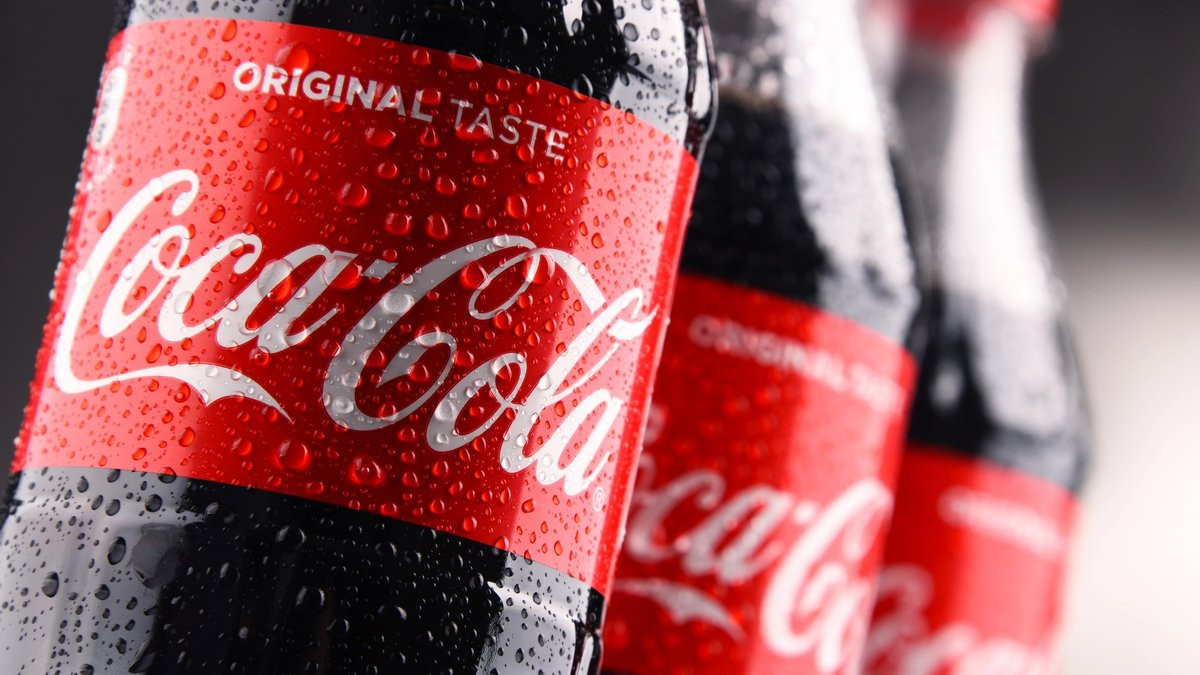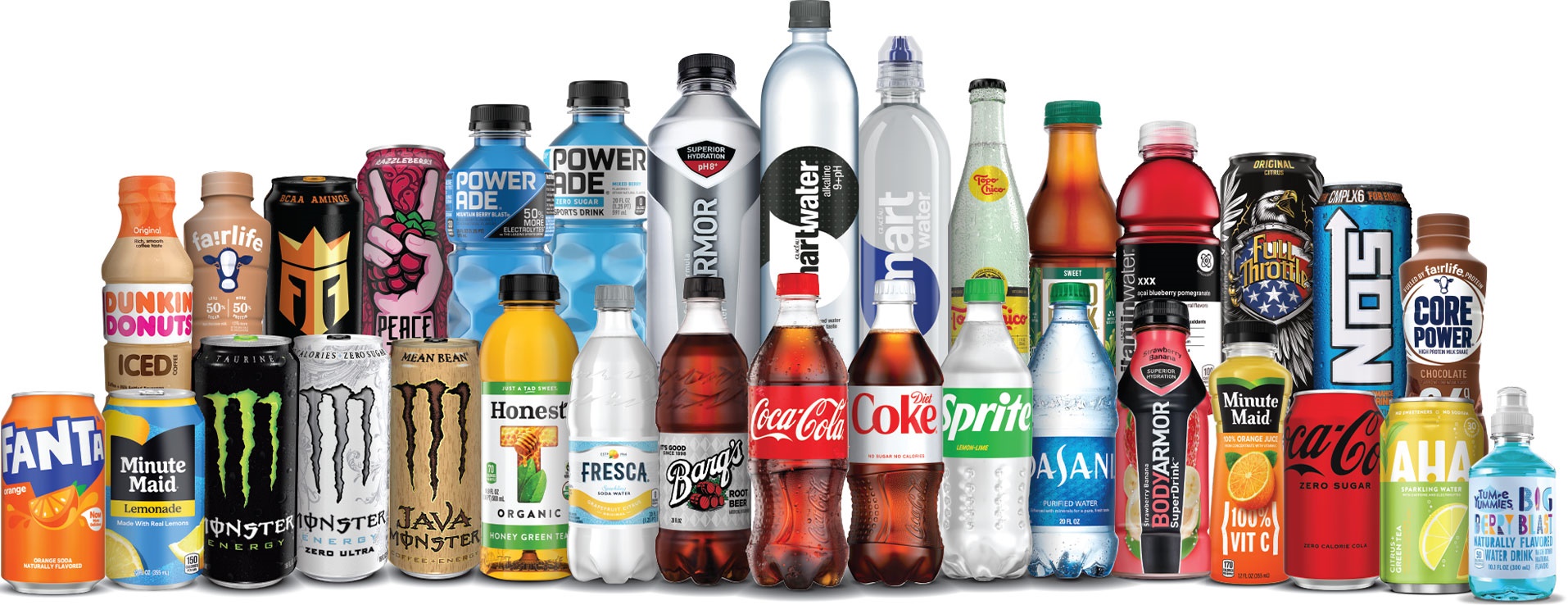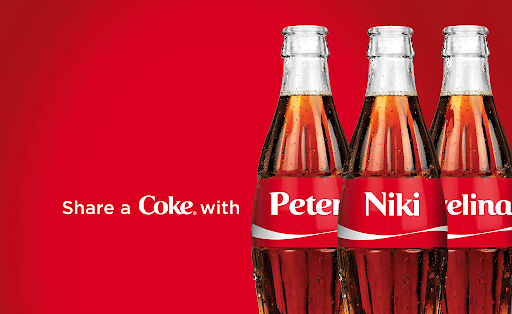Coca-Cola is a universally known and iconic brand. For over a century, Coca-Cola has been a leading beverage, known for its exceptionally refreshing taste and strikingly iconic red-and-white branding. The brand’s adventure shows large evolution over time. It has transformed from a remarkably effective medicinal tonic to the world’s most widely consumed soft drink while maintaining its core identity.
Purpose
Coca-Cola wants to refresh the world and create a helpful effect by providing a large variety of drinks for everyone, while building strong customer relationships. The brand descriptively represents deep joy, strong togetherness and refreshing energy, positioning itself as a necessary part of major celebrations, treasured social events and personal moments of delightful indulgence.
Market Need
The global beverage industry faces fierce competition, fueled by consumers’ increasing desire for healthy, sustainable drinks. Coca-Cola maintains its revolutionary position through the active introduction of revolutionary low-calorie, sugar-free and sustainable beverage options. The leading brand faces a meaningful challenge from the growing competition of healthier alternatives such as flavored water, kombucha and organic juices.


